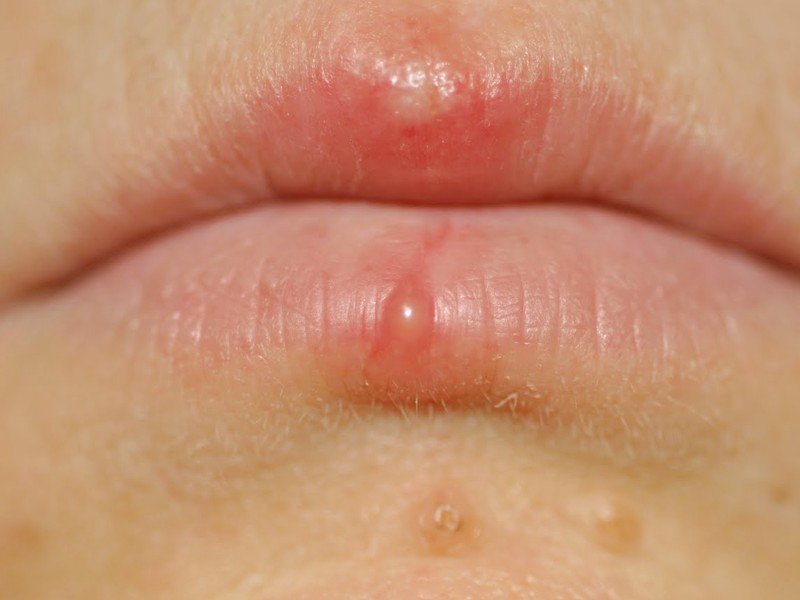A blister, or vesicle, is a raised portion of skin that is filled with fluid. You’re probably familiar with blisters if you’ve ever worn ill-fitting shoes.

Common cause of sun or heat blisters on lips is deficiency of vitamin B12, home remedies and natural cures to get rid of Sun or heat blisters on lips. Natural treatment for water blisters in mouth.
The unfortunate thing about seeking remedies for mouth blisters is that you would first need to know the cause. Sometimes they are simply the result of some trauma such as biting the inside of your mouth or lip. Other times they are the result of colds or fevers. However, some types of blisters in

It can be unsettling to see blood blisters in your mouth. Luckily, blood blisters are not a serious condition and often disappear within several days. In our “Does Your Mouth Look Like This?” series, we take a look at common causes for blood blisters in the mouth and how they can be treated.
May 16, 2018 · mouth blisters can be caused by ney disease, cancer, a mouth infection, or dental problems, like gum disease. If the



Blisters in the mouth are usually a case of an oral ulcer. Use of clove oil and ginger act as a disinfectant and anti-inflammatory on it.
See the Colgate online article about cold sores and fever blisters to learn what causes fever blisters as well as cold sores and other types of viruses. Find diagnosis, prevention and treatment info at Colgate.com.

Learn about the various causes of blood blisters in your mouth, what you can do to treat them, and when it’s serious enough to see a doctor.
Your tongue is also remarkably uncomfortable when indisposed, and sores or tongue blisters can inconvenience you more than you might expect. Learn more.



